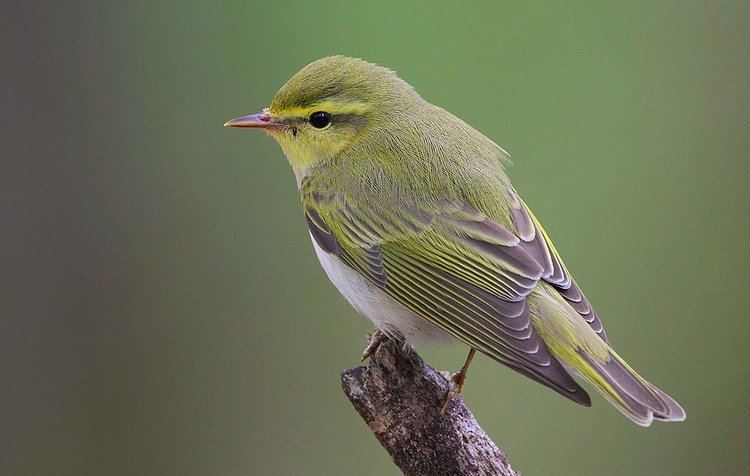 | ||
There are a number of Passeriformes (perching birds) called warblers. They are not necessarily closely related to one another, but share some characteristics, such as being fairly small, vocal, and insectivorous.
Contents
They are mostly brownish or dull greenish in color. They tend to be more easily heard than seen. Identification can be difficult and may be made on the basis of song alone. To English-speaking Europeans, warblers are the archetypal "LBJs" (little brown jobs).
Sylvioid warblers
These are somewhat more closely related to each other than to other warblers. They belong to a superfamily also containing Old World babblers, bulbuls, etc.
Passeroid warblers
The two families of American warblers are part of another superfamily, which unites them with sparrows, buntings, finches, etc.
Other
These are closely related to the titmice and chickadees
These are the most distinct group of warblers. They are not closely related at all to the others, but rather to the honeyeaters and fairy-wrens.
